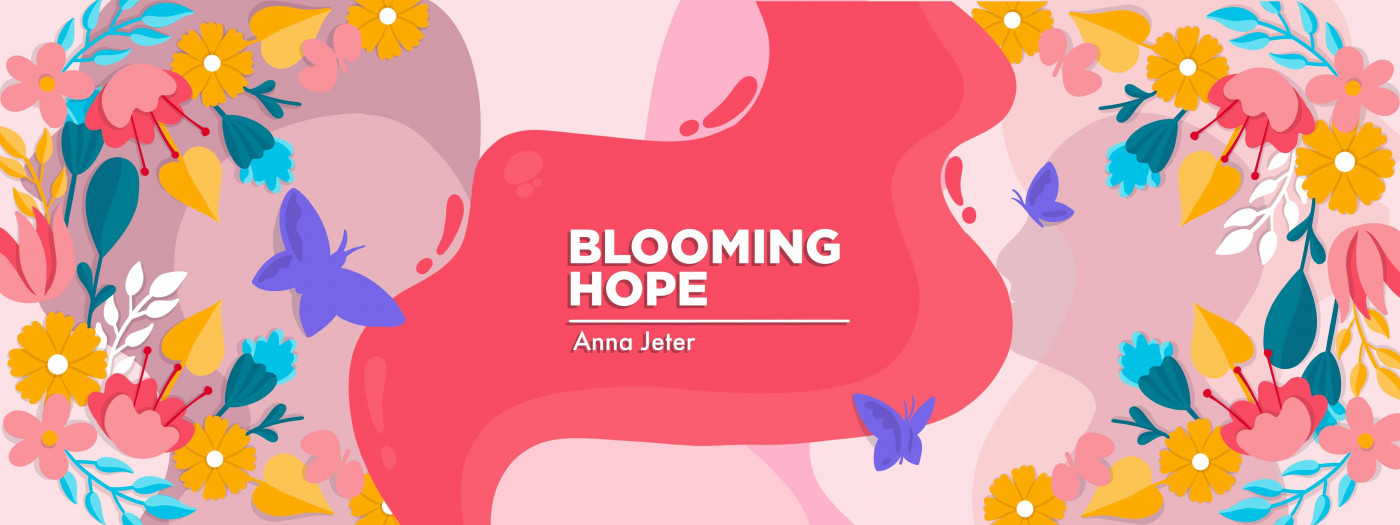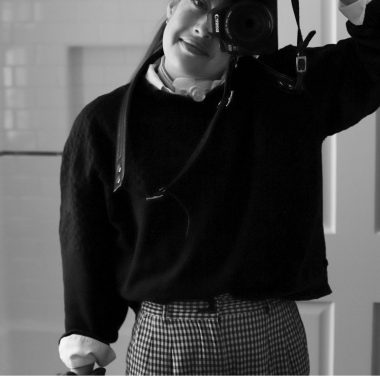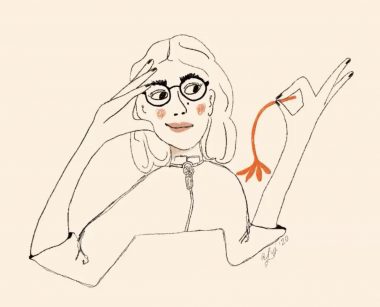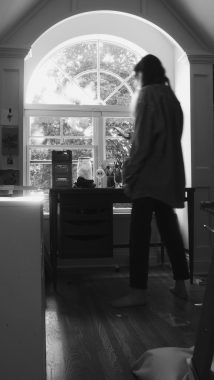Transplant and Trauma: Healing My Relationship With My Own Body
Self-portraits help a columnist reconnect with her body following transplant

Illness is a beacon — it draws eyes, attention, and intervention.
Doctors. Caregivers. Interns invited into the room to observe a rare illness they might not see again in their career. All of them turned their eyes to me when I was young, and they have yet to look away.
I’m indifferent to some of these observers, while at times, they feel invasive and unwelcome. Regardless, with each glance, I’m viewed solely for the purpose of treating my illness. And each time my illness takes priority, I grow a bit more distant from my own flesh.
The treatments and testing I’ve undergone over the years have forced me to further distance myself. With everything from minor blood draws to risky procedures, I’ve unknowingly taken one more step away from this body that I have so little control over.
My mind and soul are my own, but my body, for many years, has belonged to disease and the effort it takes to overcome it.
As I reflect on this, I’m able to see clearly the strain that my experiences with illness, interventions, and medical providers has placed on my relationship with my body. Through years of being palpated, examined, treated, and studied, I’ve often chosen to become numb to the flesh that encases me.
My detachment from my own skin reached a peak during an eight-month hospitalization following my heart-lung transplant. During this time, I focused entirely inward as a means of self-preservation.
Following surgery, my body was weakened to an extreme, diminished to a state in which I couldn’t recognize myself. At the time, I had little control over my breathing, even with mechanical aid, and I had no control over the other extenuating interventions that were required to keep me alive. As days dissolved into weeks, the insistent invasion of my body became intolerable.
Everything remains within me like muscle memory, from the days of lucid intubation to the board that was ritualistically shoved behind my back, waking me from sleep at 5:45 a.m. for my daily portable X-ray.
Each sensory discomfort left its mark. Still today, my body holds memories of it all. Memories of the pain, and memories of the eyes that tracked my body’s progress through it — a body I felt did not belong to me.
Healing and reconnection
Since being discharged from the hospital three years ago, I’ve had to work on reestablishing a positive relationship with my body, which now hosts a trach and requires full-time attachment to an oxygen concentrator.
One thing that’s been healing for me is to regularly produce self-portraits. Whether it’s a drawing or a photograph, it gives back some of my self-perception, reconnecting me to the reality of my physical being.

A self-portrait of Anna in 2021. (Photo by Anna Jeter)
In 2019, I drew myself with a trach for the first time, and in this process, I was able to reconnect to pieces of myself I felt had been taken from me during the trauma of my transplant journey. Since then, this ritual has become a way for me to celebrate my body while processing the changes it’s endured.

A self-portrait of Anna in 2019. (Illustration by Anna Jeter)
With time and intention, I find that I’m now more at home in my own body than I’ve ever been. This is not due to an absence of illness, but rather a growing ability to hold and love all of the pieces of myself — knowing, for once, that first and foremost, they belong to me.

A self-portrait of Anna in her art studio in 2022. (Photo by Anna Jeter)
I can partly attribute this to the fact that I’ve managed to stay out of the hospital since I was discharged, allowing space for both physical and mental recovery. But more than that, I believe it’s due to my growing appreciation for all my body has been through, and my burgeoning ability to reclaim each beautiful flaw as uniquely mine. This body carries an unparalleled story, and I’m finally working alongside her to tell it.
Note: Pulmonary Hypertension News is strictly a news and information website about the disease. It does not provide medical advice, diagnosis, or treatment. This content is not intended to be a substitute for professional medical advice, diagnosis, or treatment. Always seek the advice of your physician or other qualified health provider with any questions you may have regarding a medical condition. Never disregard professional medical advice or delay in seeking it because of something you have read on this website. The opinions expressed in this column are not those of Pulmonary Hypertension News or its parent company, Bionews, and are intended to spark discussion about issues pertaining to pulmonary hypertension.









Erin Bartos
Thank you for sharing this. Like you, I was young when I "got sick". I had a bone marrow transplant at age 2, which saved my life in exchange for a lifetime of medical consequences- one of them being PAH due to stiff left atrial syndrome. I can't tell you how important it is for me to hear that I am not alone in this- trying to heal from the trauma of no control over my physical body and mentally leaving it to cope. Having to face the limitations of this physical body each day, while also being glad to be alive and loving this life... just knowing I am not alone is very meaningful. Thank you.